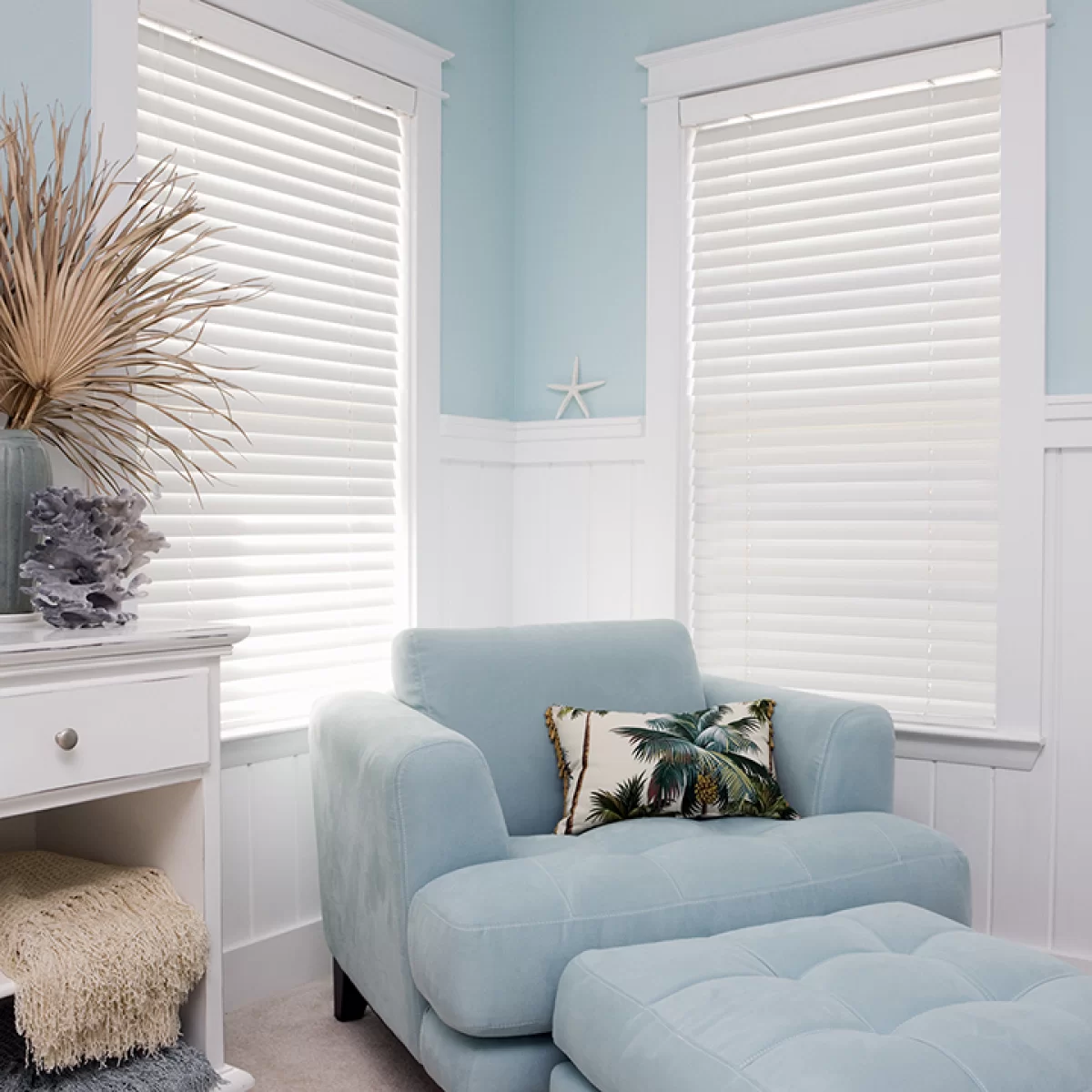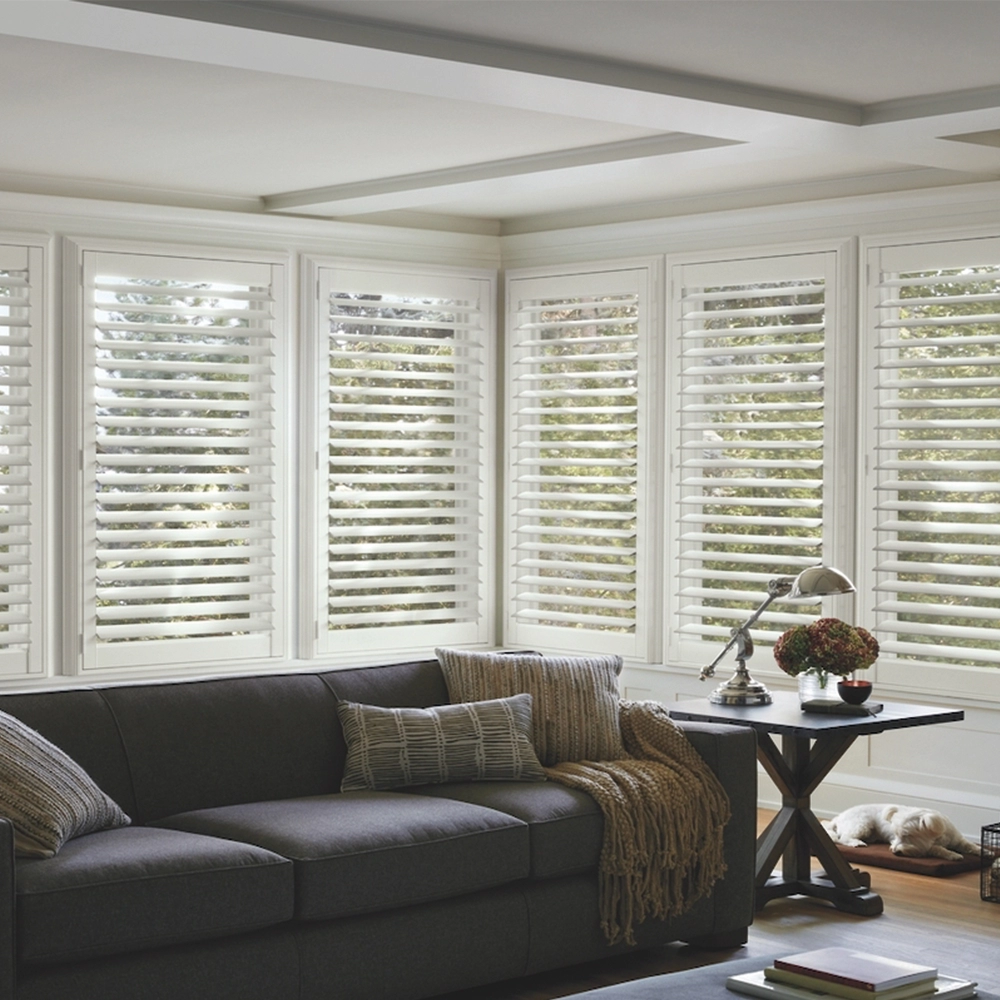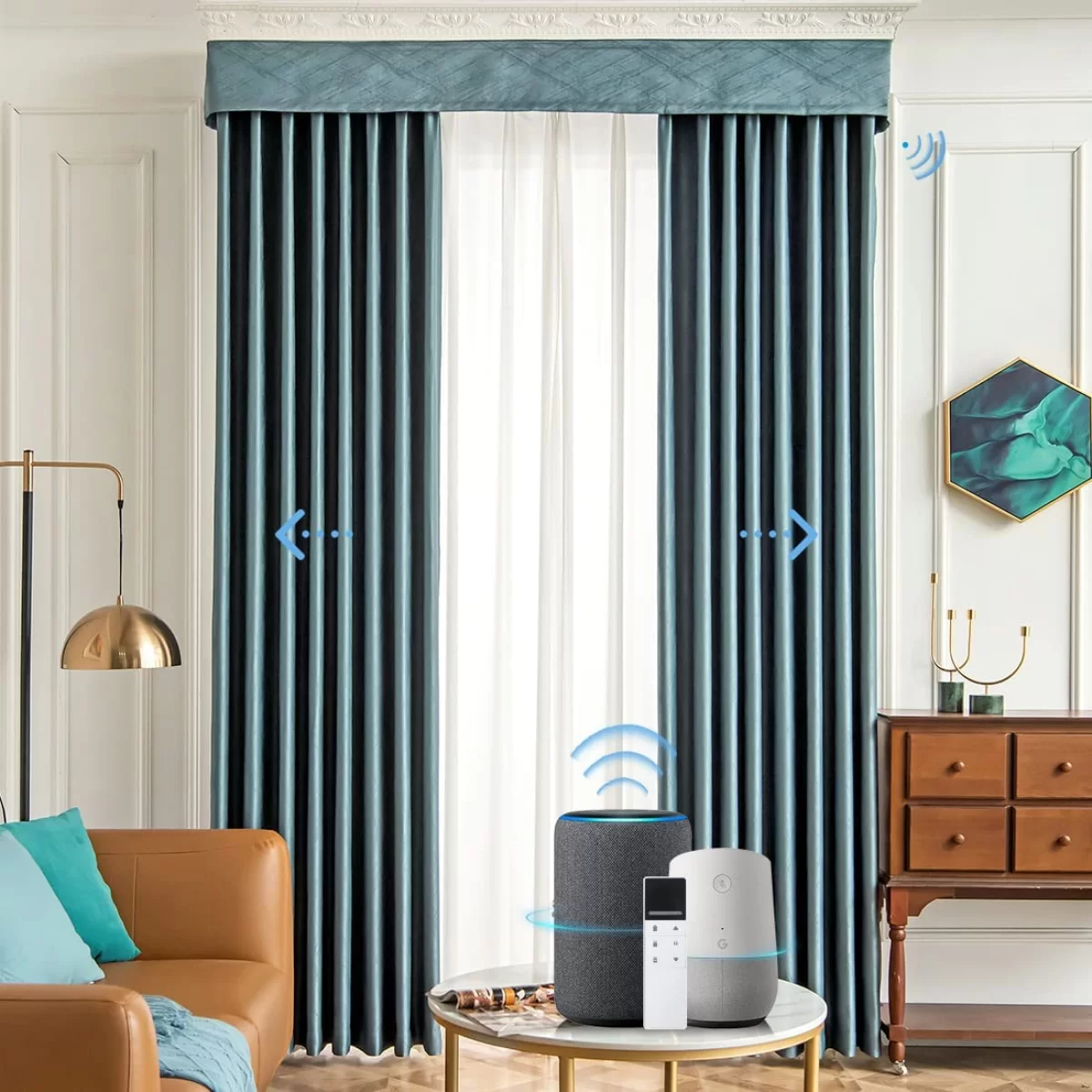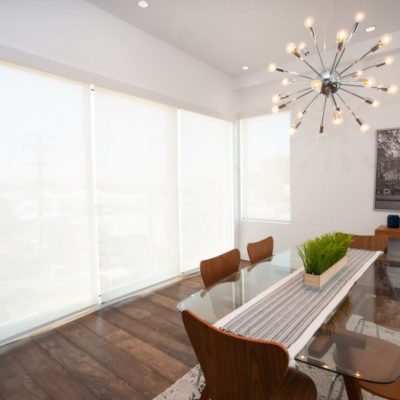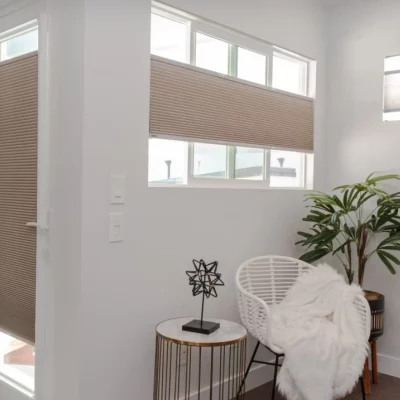Come and visit us at our new showroom: 1226 N Roselle Road Schaumburg, IL 60195
Window Treatments
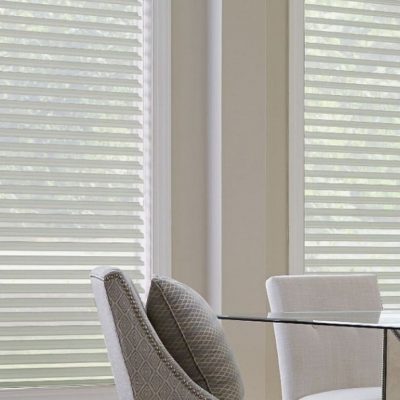
Sheer
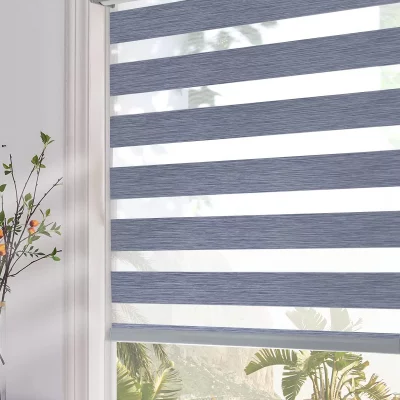
Zebra
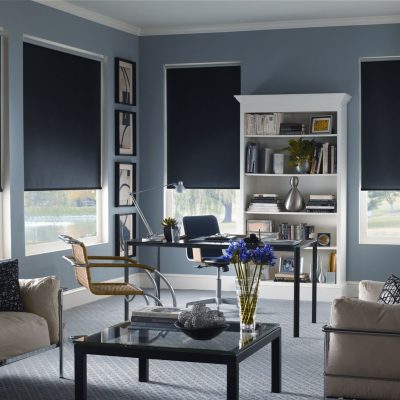
Blackout
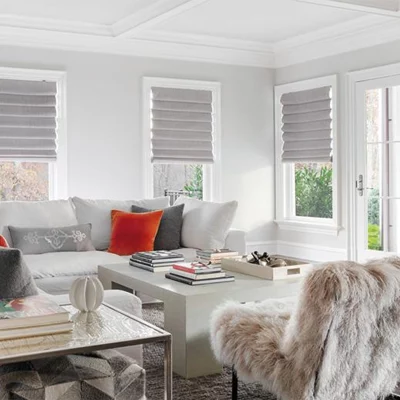
Bella Roman
MarQi Blinds
MarQi Blinds is an American window covering manufacturer located in Elk Grove Village, IL. We are a wholesaler that has been in the window covering business for over 30 years, internationally.
We produce only the highest quality roller shades, zebra shades, and some very unique hybrid, sheer horizontal blinds that you will simply not find anywhere else.
What Does Window Treatment Mean?
Window treatment refers to the decoration and functionality enhancement of windows within interior spaces. It encompasses a broad range of elements such as curtains, blinds, shades, and draperies that are used to control light, ensure privacy, improve insulation, and contribute to the overall aesthetic appeal of a room or area. Beyond their practical uses, window treatments can also serve as a key design element that complements the interior decor, adding color, texture, and style to the living environment.
What are The Window Treatments?
Window treatments include curtains, blinds, shades, and shutters. Each category offers a range of styles and functionalities, from light filtering and privacy to aesthetic decoration. Curtains can add a soft or dramatic touch, blinds offer adjustable light control, shades provide a clean look with various opacity levels, and shutters add architectural detail while offering durability and insulation.
Curtains
Curtains are versatile window treatments that add function and style to a space. They come in various fabrics, patterns, and lengths, allowing customization to fit any room’s decor. Curtains can enhance privacy, control light, and even improve insulation. Given their decorative potential, they play a significant role in interior design, offering a way to introduce color, texture, and personal style into any setting.
Blinds
Blinds are functional and stylish with their distinctive slatted designs, and they are a popular choice for window treatments. The slats can be tilted to adjust the amount of light entering a room, providing privacy while still allowing for ventilation. Blinds come in several materials, including wood, faux wood, metal, and plastic, each bringing unique aesthetic and practical benefits to an interior space.
Shades
Shades offer a sleek and functional way to control light and privacy in any space. Available in various materials, from sheer to opaque, they can fully block light or filter it softly. Shades are popular for their clean lines and ease of use, fitting well in modern and traditional decors.
Shutters
Shutters are durable window treatments that add architectural interest to interiors. Made from wood or synthetic materials, they provide excellent light control, privacy, and insulation. Shutters can be customized in color and size, making them a versatile option for enhancing the aesthetic and functionality of windows.
Drapes
Drapes are fabric panels that offer an elegant window covering solution. Typically lined for added insulation and light-blocking capabilities, they come in various fabrics, patterns, and styles. Drapes can transform the ambiance of a room, adding sophistication and depth to the decor while providing privacy and light control.
How to Choose the Right Window Treatments?
Choosing the right window treatments involves considering several factors to ensure they meet your functional needs, complement your decor, and fit your budget. Here are 9 key steps to guide you through the selection process:
- Determine Your Needs: Assess what you need from your window treatments. Are you looking for privacy, light control, energy efficiency, or purely decorative elements? Your primary needs will influence the window treatments best suited for your space.
- Consider the Room: Different rooms may require different window treatments. For example, moisture-resistant materials are better for bathrooms, while blackout curtains could be ideal for bedrooms to enhance sleep quality.
- Style and Decor: Your window treatments should complement the existing decor of your room. Whether your home is modern, traditional, or eclectic, choose treatments that reflect your space’s style and color scheme.
- Material and Durability: The material of your window treatments not only affects their look and feel but also their durability and maintenance requirements. Consider whether you prefer natural materials like wood and linen or synthetic ones like polyester and PVC.
- Lighting and Privacy: Decide how much natural light you want to filter into your room and the level of privacy you need. Sheer fabrics allow more light and offer less privacy, while opaque materials provide complete privacy and block out light.
- Safety and Ease of Use: If you have children or pets, opt for cordless window treatments or those with safety features. Consider also how frequently you adjust them to decide on the most convenient operating mechanism.
- Energy Efficiency: Some window treatments offer insulation benefits that can help reduce energy costs by keeping your home warmer in winter and cooler in summer. Look for treatments with thermal lining or those designed for energy efficiency.
- Measurements and Installation: Accurate measurements are crucial for window treatments to look their best. Decide whether you’ll mount them inside the window frame for a clean look or outside to make the window appear larger. Consider professional installation for complex treatments or if you’re not confident in your DIY skills.
- Budget: Window treatments vary widely in price. Set a budget that reflects your priorities and allows you to achieve the desired look and functionality without overspending.
By carefully evaluating these 9 aspects, you can select window treatments that enhance your home’s aesthetic, meet your practical needs, and provide long-term satisfaction.
What are The Pricing of The Window Treatment?
Pricing for window treatments varies widely based on type, material, brand, and customization options. Affordable window treatments, such as blinds, start at $20-$50 per window, while high-end, custom treatments like motorized shades or designer drapes can exceed $1,000 per window. Factors like size, installation complexity, and additional features like energy efficiency or smart home compatibility also influence the cost. For accurate pricing, it’s best to consult with kitchen/bathroom designers, window treatment stores, and professionals in your area who can provide quotes based on your exact requirements and preferences.
What are The Benefits of Window Treatments in Interior Design?
Window treatments are more than just a decorative touch to your home; they serve multiple practical purposes that enhance living spaces. From improving privacy and controlling natural light to increasing energy efficiency and protecting your interior from UV damage, the benefits of window treatments are varied and impactful. Below, we delve into each of these advantages, highlighting how the right window treatments can transform your home aesthetically and in terms of comfort and functionality.
- Privacy: Window treatments offer the ability to control visibility from the outside, ensuring your home remains a private sanctuary.
- Light Control: They allow you to adjust the amount of natural light entering the room, enhancing mood and saving energy costs. While it’s challenging to quantify light control in percentages without referring to specific products, blackout curtains block out 100% of light when properly installed.
- Energy Efficiency: By providing an additional layer of insulation, window treatments can help maintain room temperature, lowering heating and cooling bills. According to the U.S. Department of Energy, window treatments like thermal curtains can reduce heat loss in a room by up to 25%. They also state that window treatments can reduce solar heat gain by up to 77% in warm climates.
- Aesthetic Appeal: With a wide range of styles, colors, and materials, window treatments can complement any décor, adding a touch of elegance and personality.
- UV Protection: Certain window treatments can block harmful UV rays, protecting your furniture, floors, and artwork from fading and damage. High-quality window treatments, especially those designed with UV-protective coatings, can block up to 99% of harmful UV rays. This level of protection is often found in solar shades and UV-protective window films.
- Noise Reduction: Some window treatments can absorb sound, reducing outside noise and creating a quieter, more peaceful interior environment. The effectiveness of window treatments in noise reduction can vary, but certain materials can reduce noise by up to 7-10 decibels, as some manufacturers and studies suggested. The exact amount of noise reduction depends on the fabric’s thickness and density.
- View Enhancement: Whether you want to frame a beautiful view or obscure an unsightly one, window treatments can be adjusted to enhance your home’s outlook.
Tips for Matching Window Treatments
When matching window treatments with room décor, consider these 10 tips to create a cohesive and stylish look:
- Understand Your Decor Style: Identify the primary style of your room. Is it modern, traditional, rustic, or eclectic? Choose window treatments that complement or enhance this style.
- Consider the Color Scheme: Select window treatments in colors that harmonize with your room’s color palette. You can match closely with existing colors or choose a contrasting color for a bold statement.
- Pay Attention to Fabric Texture: The texture of the window treatment can add depth and interest to your space. A room with sleek, modern furnishings may benefit from smooth, minimalist fabrics, while a more traditional space can be enhanced with richer, textured materials.
- Functionality is Key: Beyond aesthetics, consider how much light control and privacy you need. Sheer fabrics are great for letting in light, while heavier drapes can provide maximum privacy and light blockage.
- Layering for Depth: Combining multiple types of window treatments, such as blinds with curtains or sheers with heavy drapes, can add depth and functionality to your windows.
- Hardware Matters: The hardware for hanging window treatments, such as rods and hooks, should also complement the room’s style. Sleek, minimal hardware suits modern decors, while ornate rods fit traditional settings.
- Consider the Room’s Purpose: The room’s function can influence your choice. For example, bedrooms may benefit from blackout curtains for better sleep, while living areas might prefer light-filtering options to enhance natural light.
- Scale and Proportion: Ensure the size of the window treatments is proportional to the room and windows. Large, bold patterns can overwhelm a small room, while delicate patterns may get lost in an ample space.
- Custom Touches: For a truly cohesive look, consider custom window treatments that can be tailored in size, fabric, and style to match your décor perfectly.
- Seek Inspiration: Look at interior design magazines, websites, and social media for inspiration to match window treatments with room décor.
By keeping these 10 tips in mind, you can choose window treatments that beautifully complement and enhance your room’s overall décor.
What are The Window Treatment Customization Options?
Customization options for window treatments allow homeowners to tailor the size, material, color, and functionality to meet their specific needs and aesthetic preferences. This includes selecting from various fabrics, choosing between manual or motorized operations, and opting for light-filtering or blackout materials. Customizable features also encompass different hardware finishes and styles, as well as the ability to match window treatments with the overall design theme of a room, ensuring a cohesive and personalized interior space. CabinetLand offers window treatments in traditional and contemporary styles with various colors and patterns to match any décor in your house or office. You will also increase the insulation and save energy with your favorite window treatment.
Professional or DIY Window Treatment Installation?
Choosing between professional installation and DIY for window treatments hinges on complexity and personal comfort with home improvement tasks. Professionals ensure accuracy and durability, which is ideal for intricate or large-scale projects. For those inclined towards DIY, many window treatments offer manageable installation with the right tools and guidelines. Finding reputable services involves checking reviews, seeking recommendations, and verifying credentials to ensure quality and reliability. This approach helps you make informed decisions that suit your skills, budget, and project needs.
How Much for Window Treatment Installation?
The cost for window treatment installation can vary widely based on the type of window treatment, the complexity of the installation, and your location. Generally, you might expect to pay anywhere from $50 to $100 per hour for professional installation services. Some companies may offer a flat rate based on the number of windows or the type of window treatments being installed. For an accurate estimate, consulting directly with local installers or the company purchasing your window treatments is best.
How do You do Maintenance and Care of Window Treatments?
Maintaining and caring for window treatments is essential to ensure they remain beautiful and functional over time. You can find the important points for maintenance, cleaning, and proper care below:
Regular Cleaning for Window Treatments
- Dust Regularly: Use a soft cloth, duster, or vacuum with a brush attachment to remove dust from blinds, shades, and shutters gently. Shaking them out or vacuuming on a low setting for curtains and drapes can help remove dust.
- Spot Clean: Address spills or stains immediately with a mild detergent and a damp cloth, especially for fabric treatments like curtains and drapes. Test any cleaner on a small, inconspicuous area first to ensure it doesn’t damage the material.
- Deep Cleaning: Depending on the material, some window treatments may be washed or dry cleaned. Check the manufacturer’s recommendations. Blinds and shutters may require a more thorough cleaning with a damp cloth and mild cleaner.
Proper Use of Window Treatments
- Handle with Care: When opening or closing your window treatments, do so gently to avoid damaging the mechanisms or the material.
- Follow Instructions: For motorized or automated treatments, ensure you understand the operation to prevent misuse that could lead to wear and tear.
Protecting Window Treatments from Damage
- Avoid Excessive Moisture: In areas with high humidity or in bathrooms, choose moisture-resistant window treatments to prevent warping or mold.
- UV Protection: Some treatments can fade over time if exposed to direct sunlight. Consider UV protective coatings or materials if your windows receive a lot of sun exposure.
- Periodic Checks: Inspect for Wear: Regularly check for signs of wear and tear or damage, such as frayed edges on fabric treatments or bent slats on blinds. Addressing issues early can extend the life of your window treatments.
- Mechanism Maintenance: For treatments with mechanical parts, such as corded blinds or motorized shades, ensure that these parts are functioning smoothly. Lubricate moving parts, if necessary, according to the manufacturer’s instructions.
Professional Help
- Consult Experts: For high-end, delicate, or complex window treatments, consider hiring a professional for cleaning and maintenance. They will have the right tools and knowledge to handle specific materials and mechanisms without causing damage.
Regular maintenance and proper care will keep your window treatments looking their best and operating smoothly, enhancing the comfort and aesthetic of your space. Getting help from professionals for complex operations will extend the window treatments life.
What are The Best Practices for Cleaning and Maintaining Different Window Treatments?
Best practices for cleaning and maintaining window treatments vary by type:
- Curtains and Drapes: Regular vacuuming with a brush attachment; wash or dry clean as per fabric instructions.
- Blinds: Dust regularly; wipe with a damp cloth for deeper cleaning.
- Shades: Light dusting or vacuuming; spot clean stains with a mild detergent.
- Shutters: Dust with a soft cloth; use wood cleaner for wooden shutters.
Always refer to the manufacturer’s care guidelines for specific cleaning instructions to avoid damaging the materials.
Meet Our Professionals For Free Estimate
Get questions, want to know pricing, or need an estimate? Fill the form here and we will contact you shortly. Or call us now at +1 (847) 466-5516 No Obligation and No Pressure. Guaranteed!
Or Call

